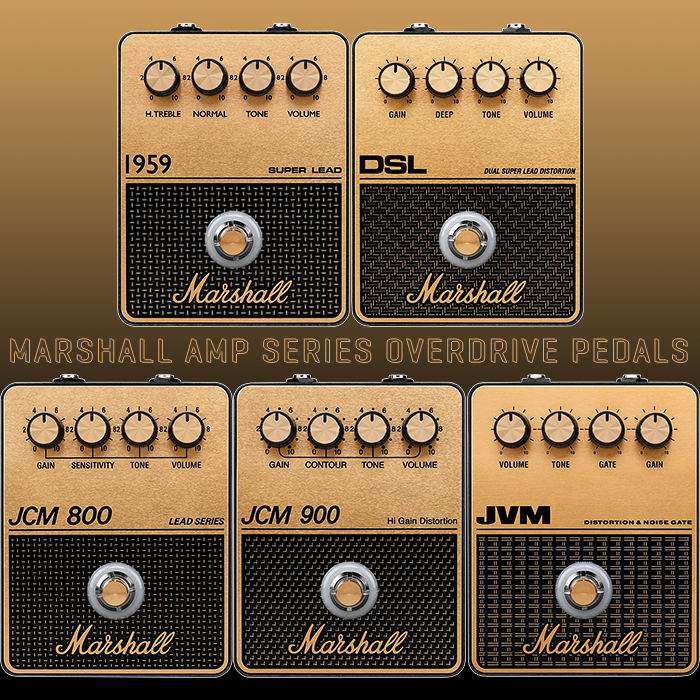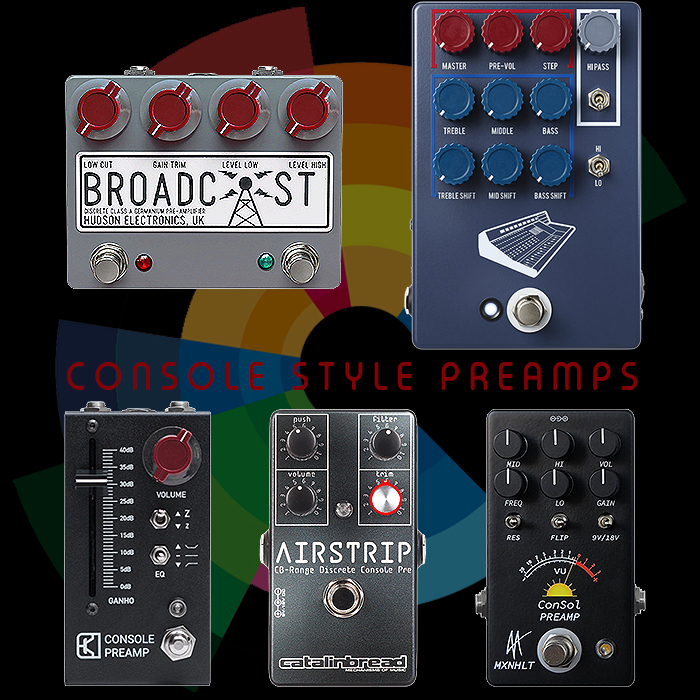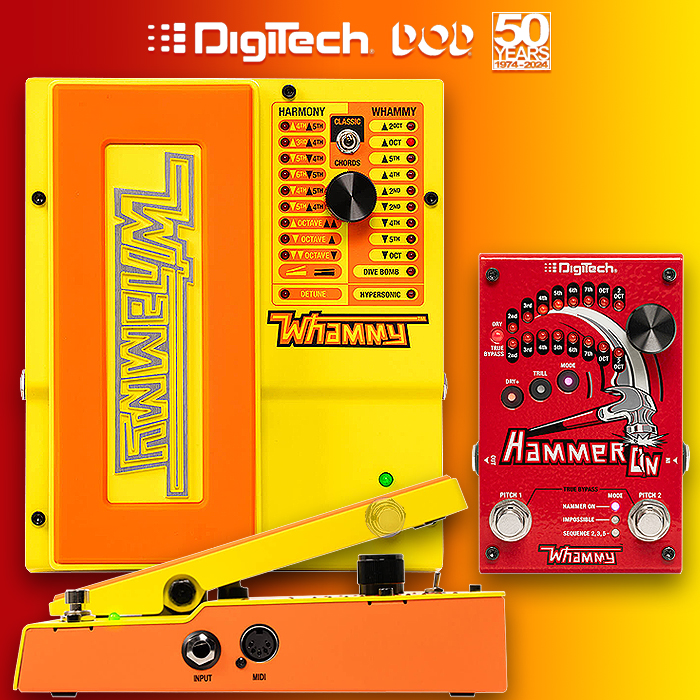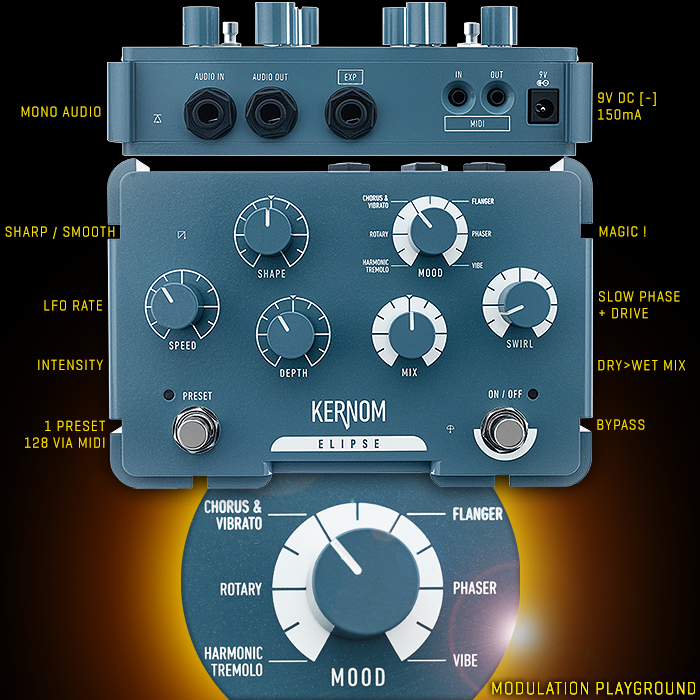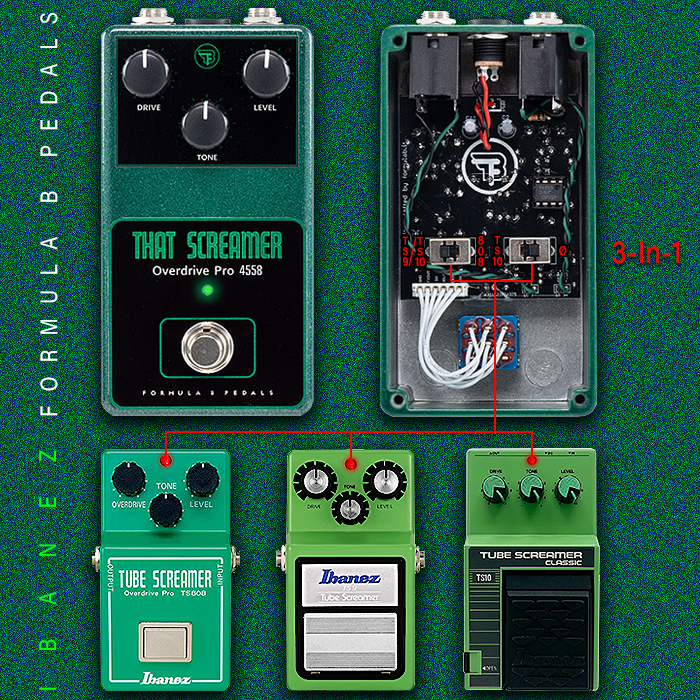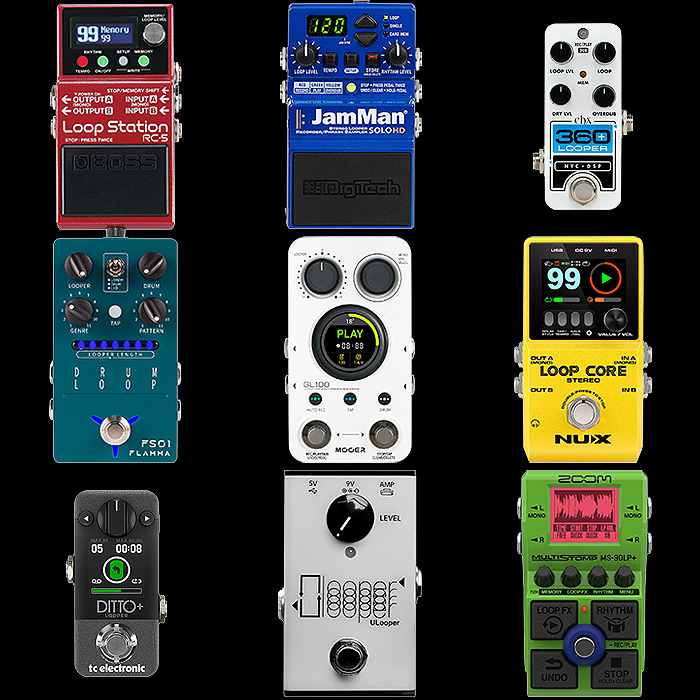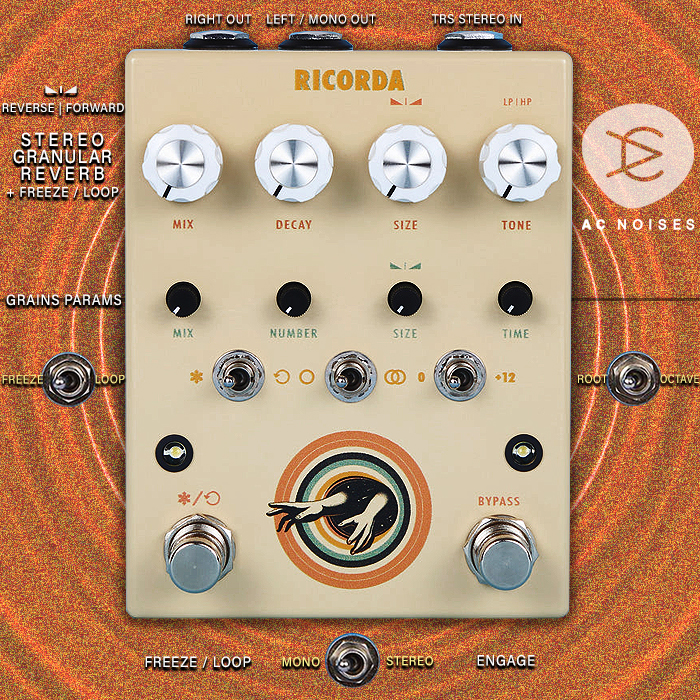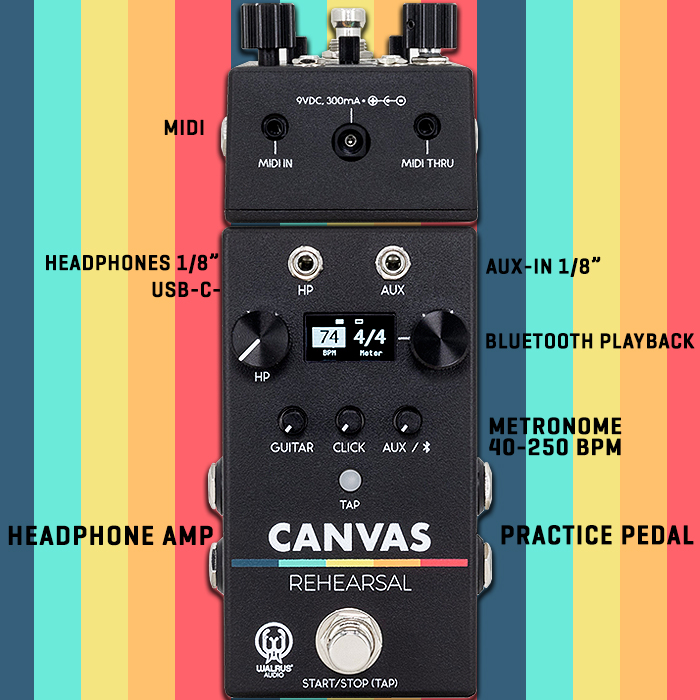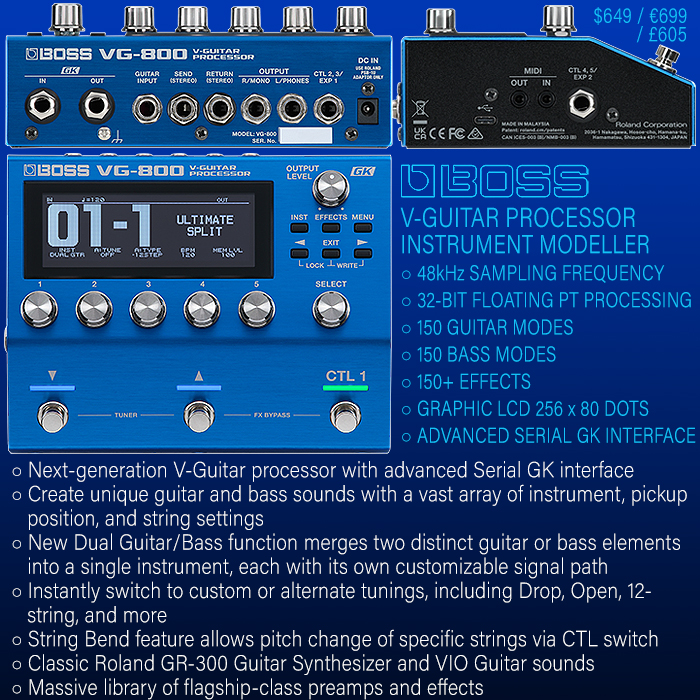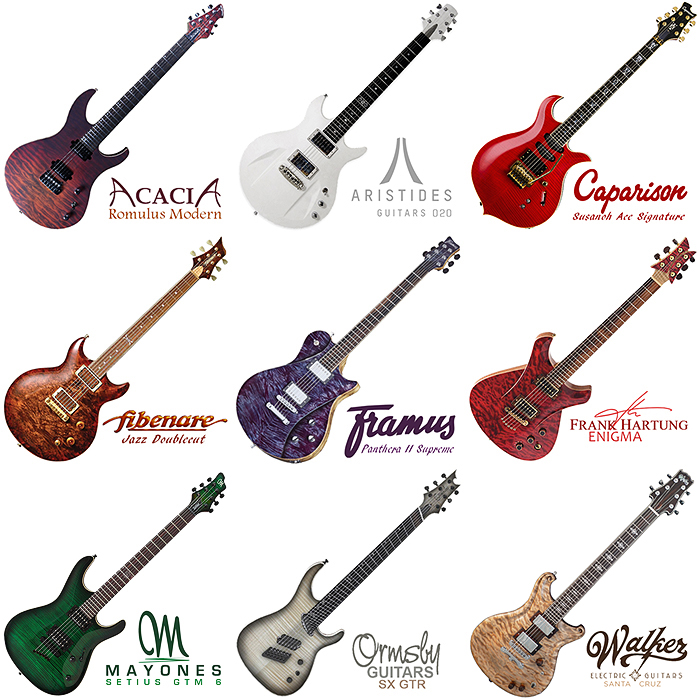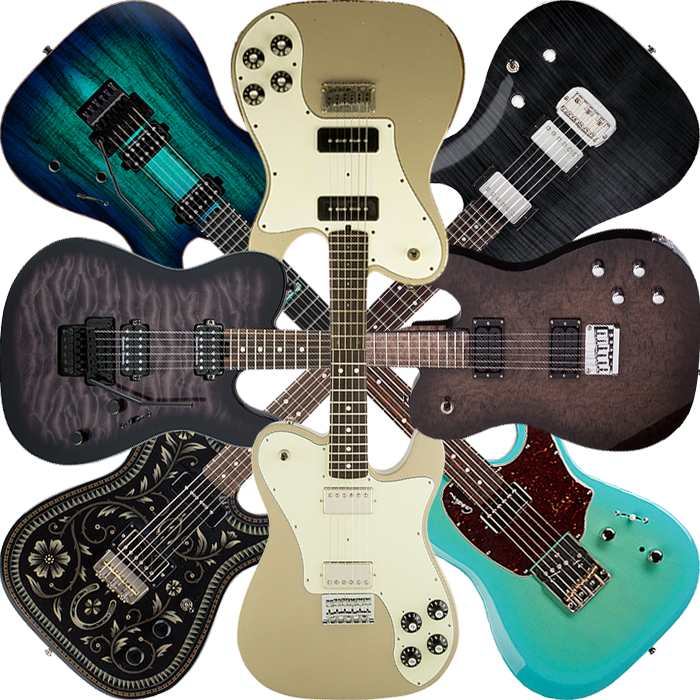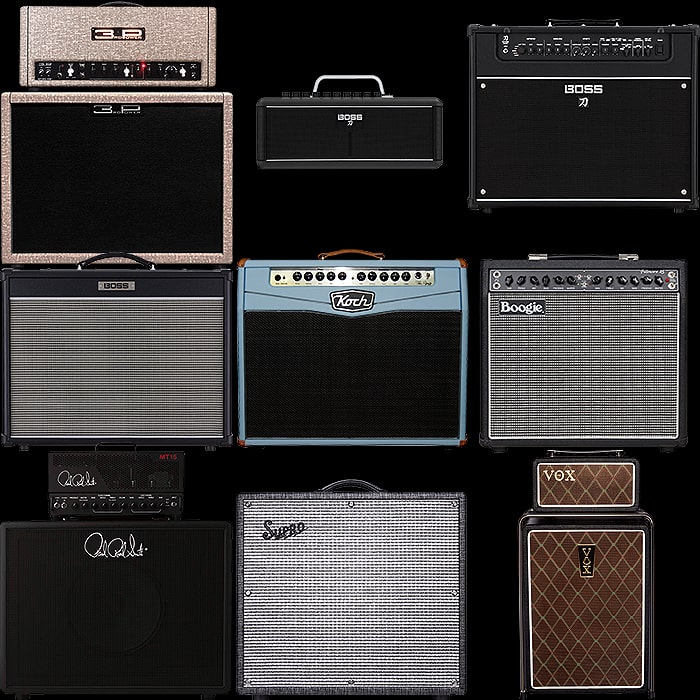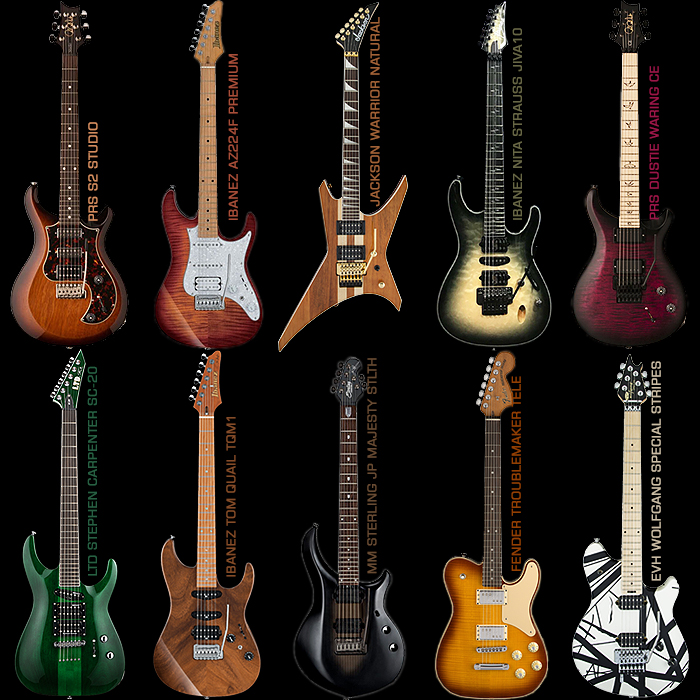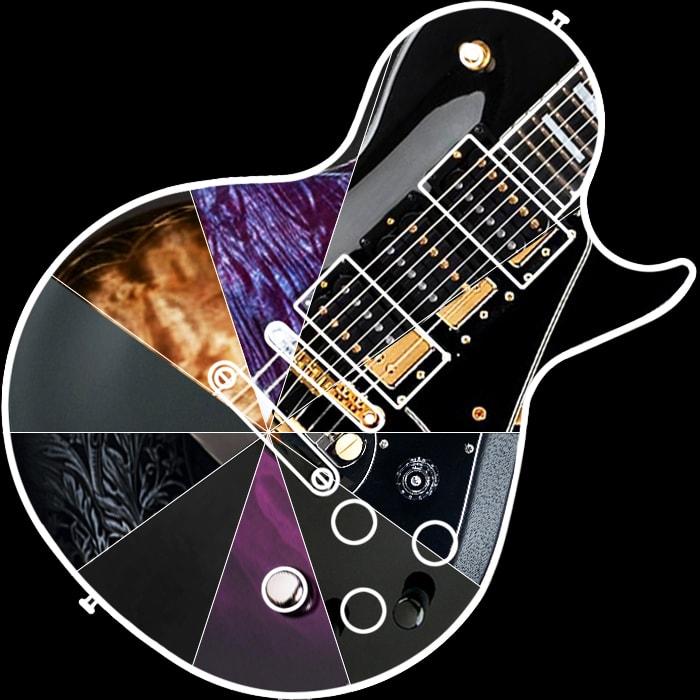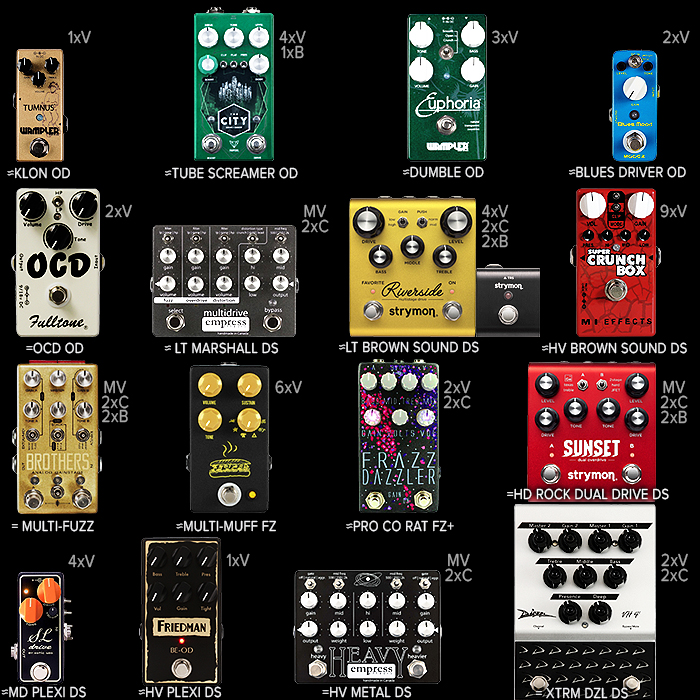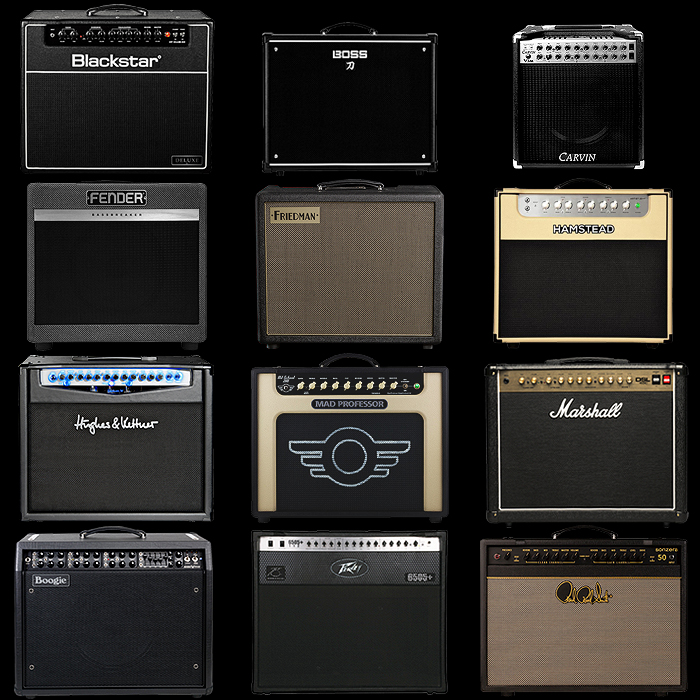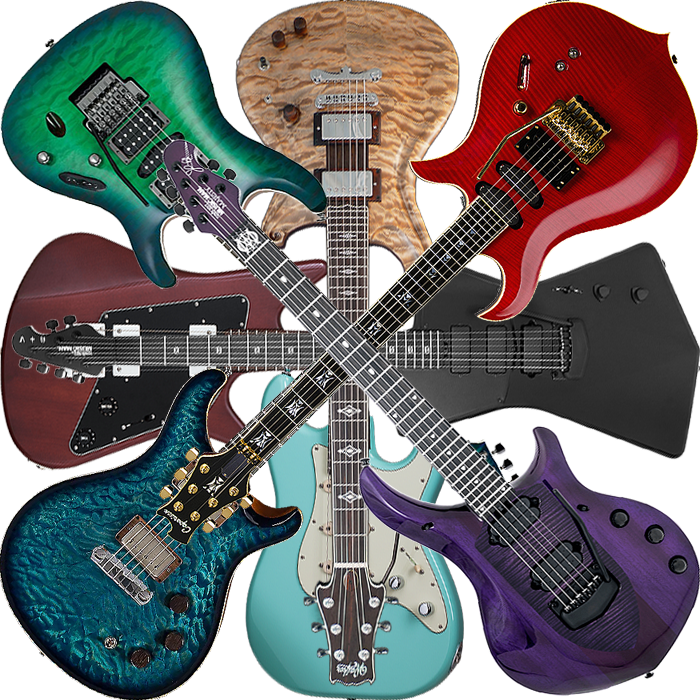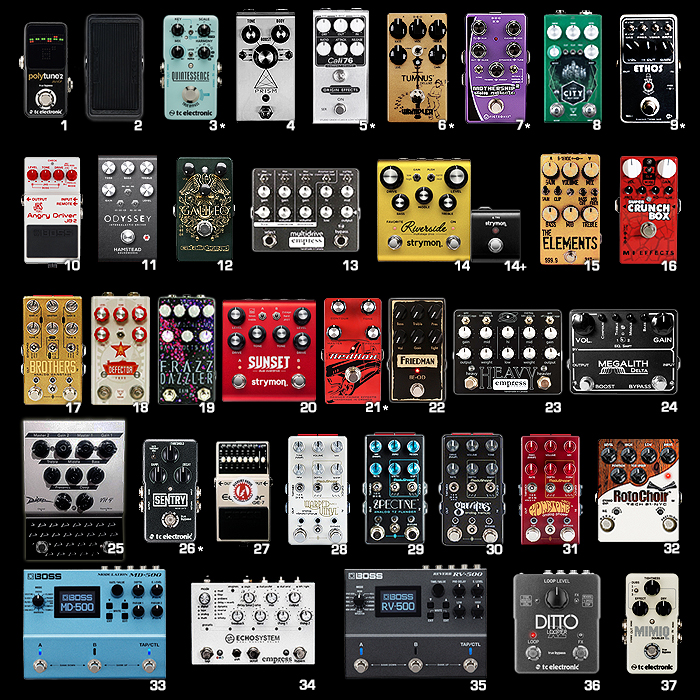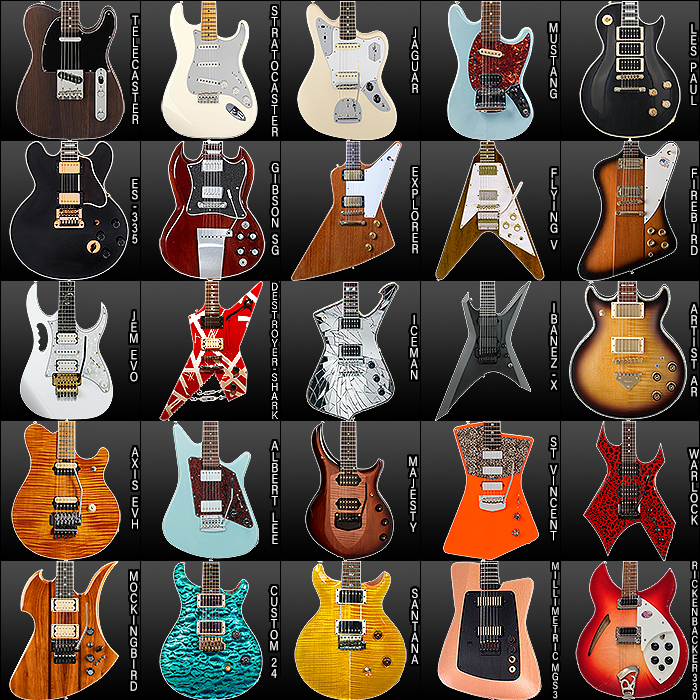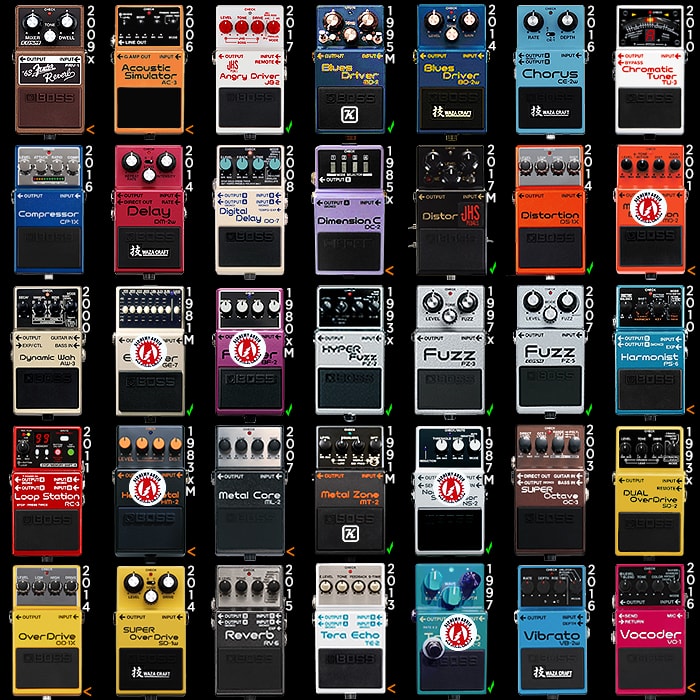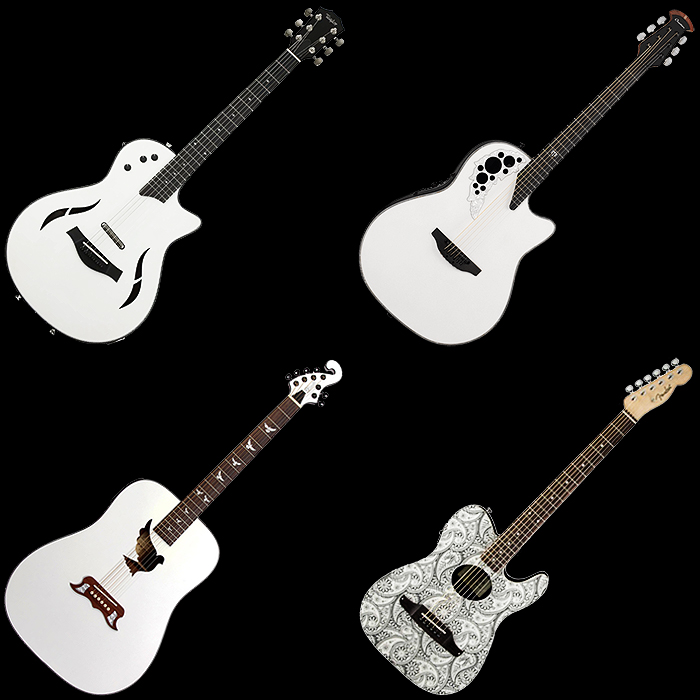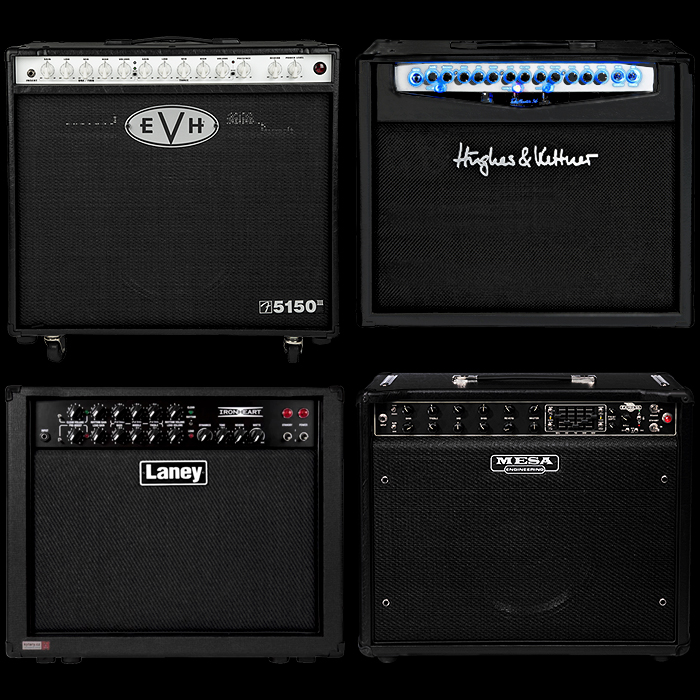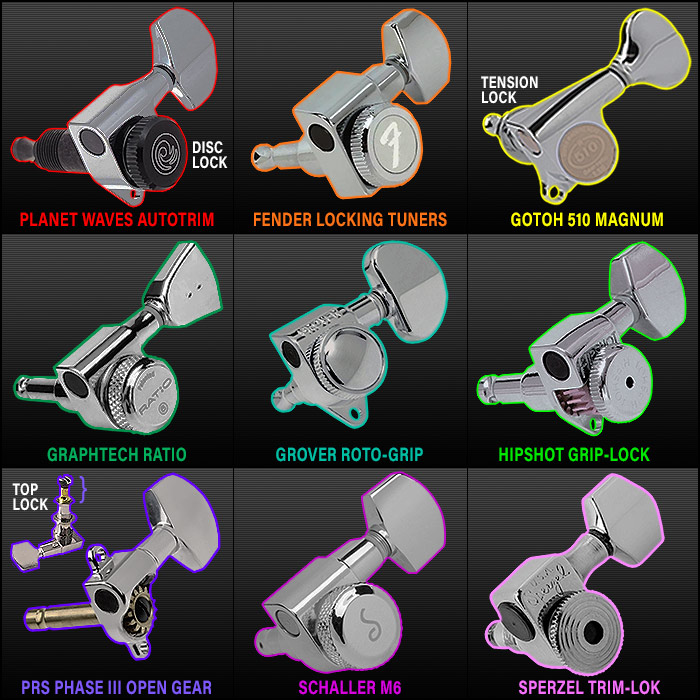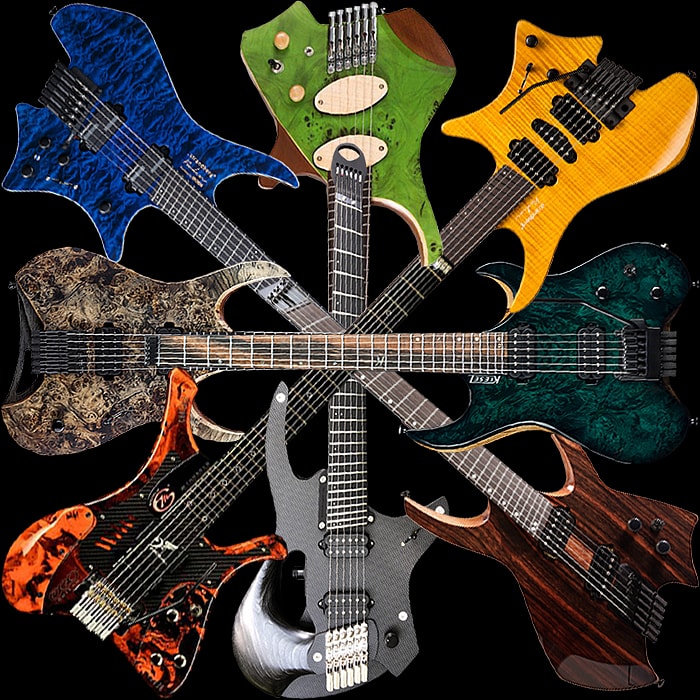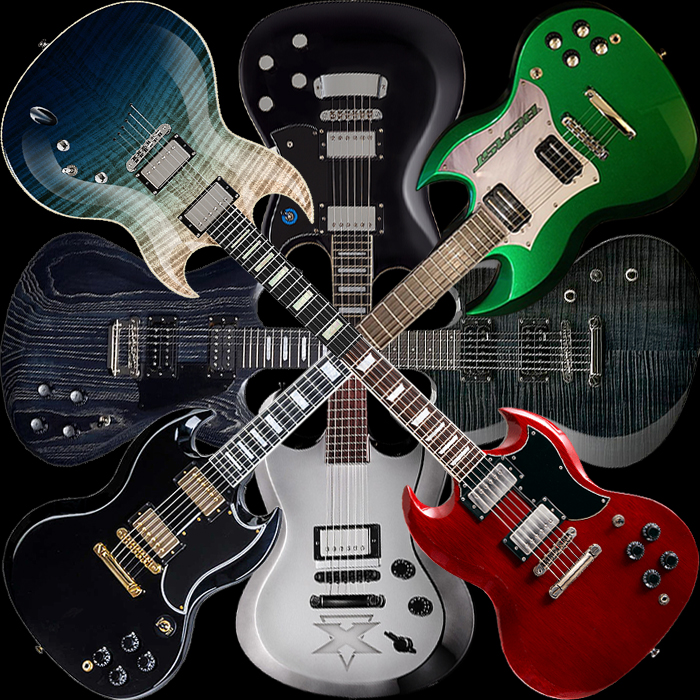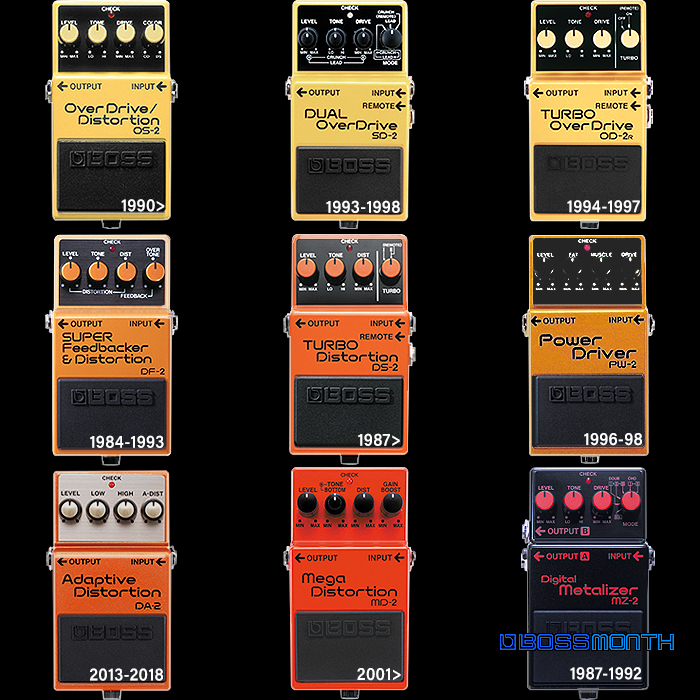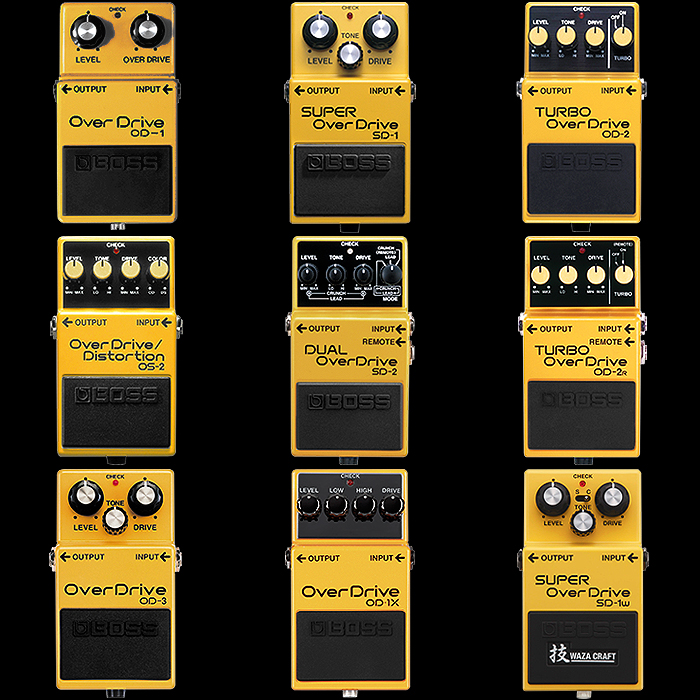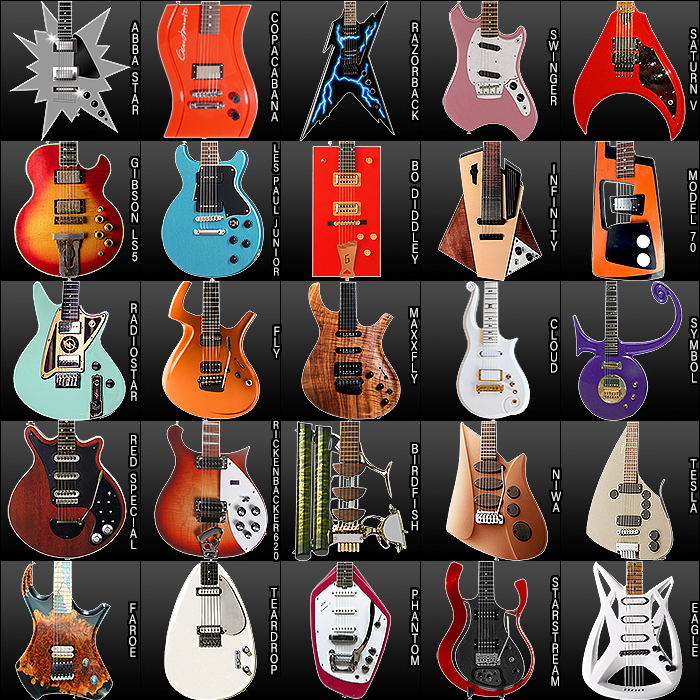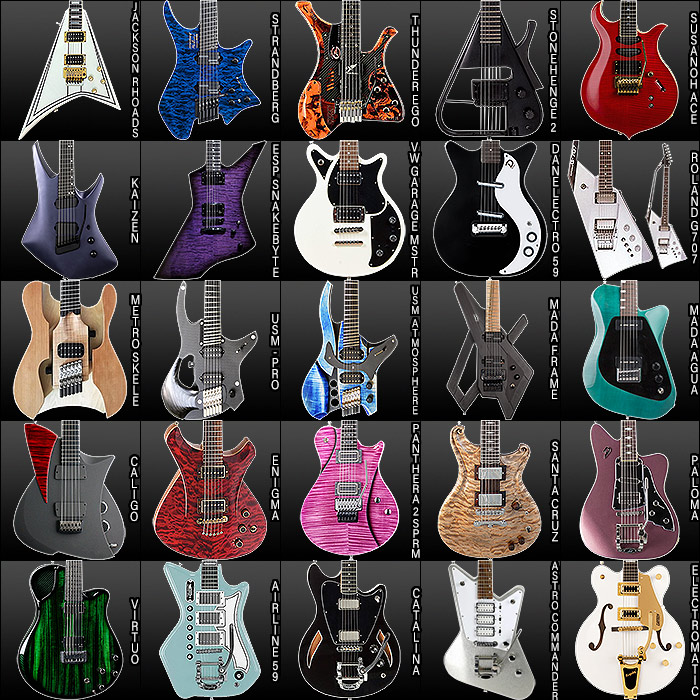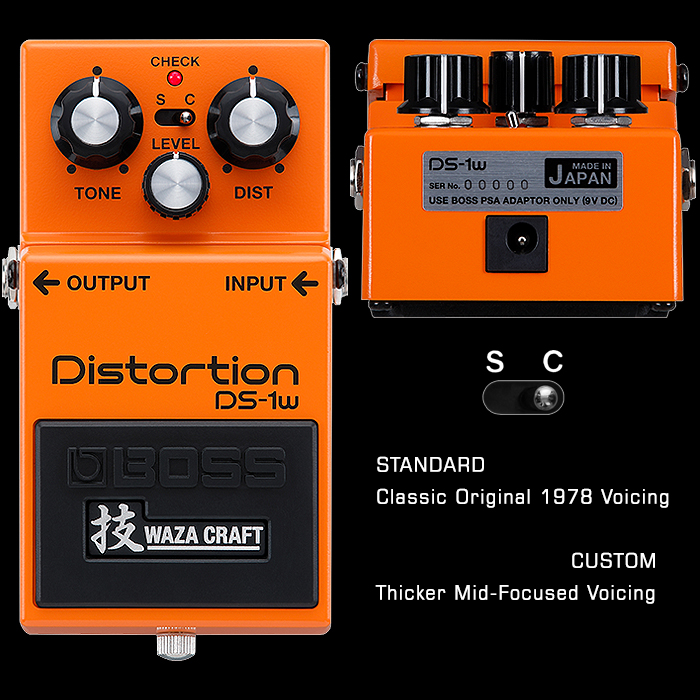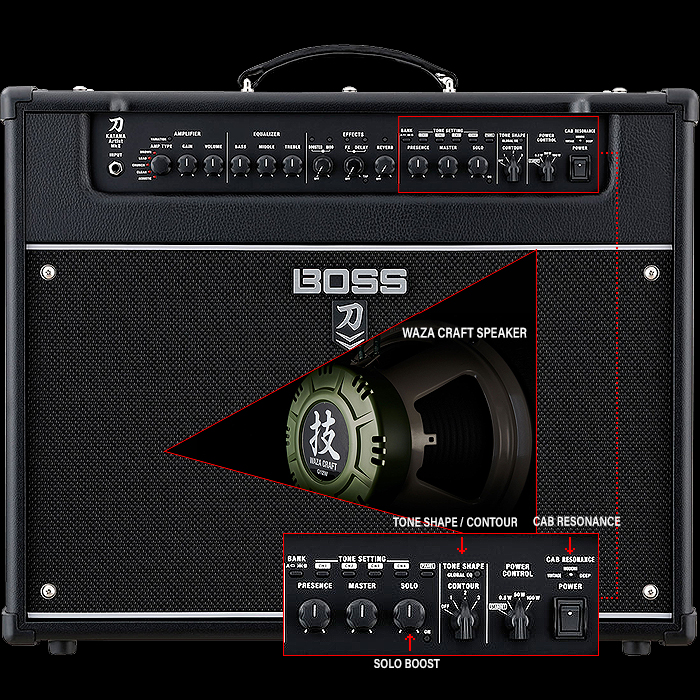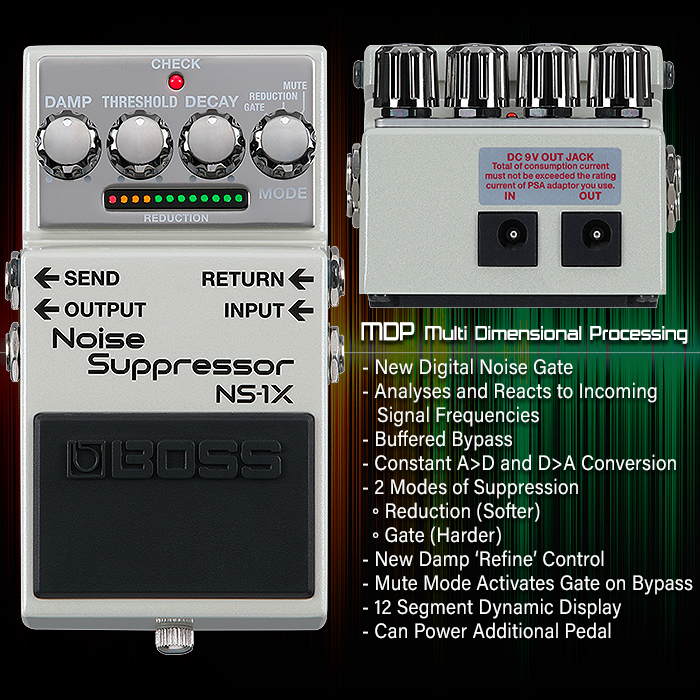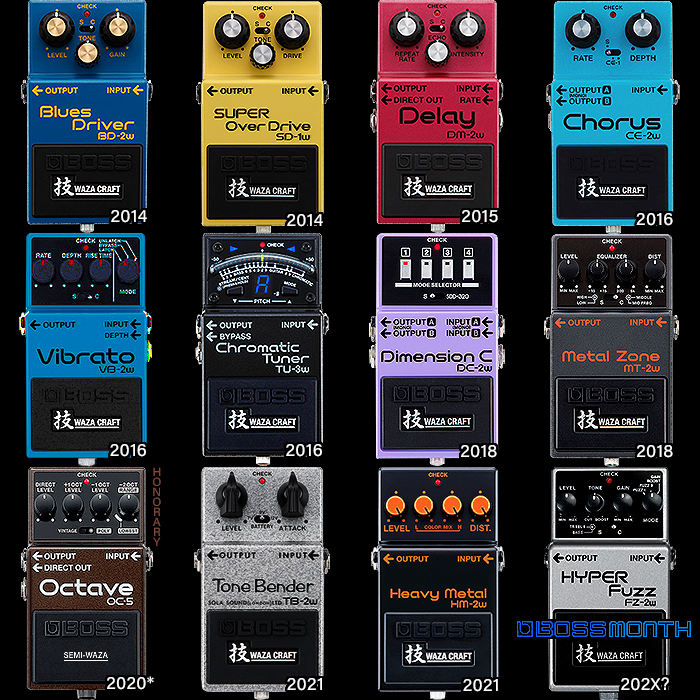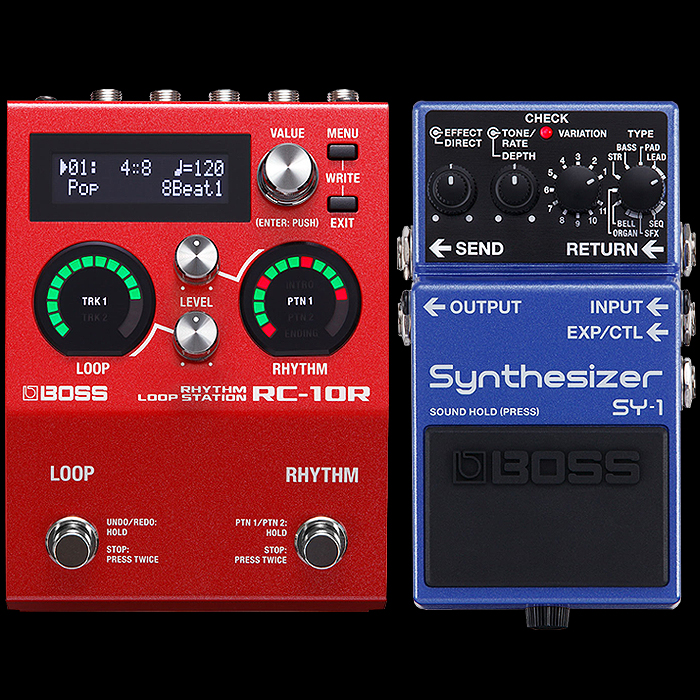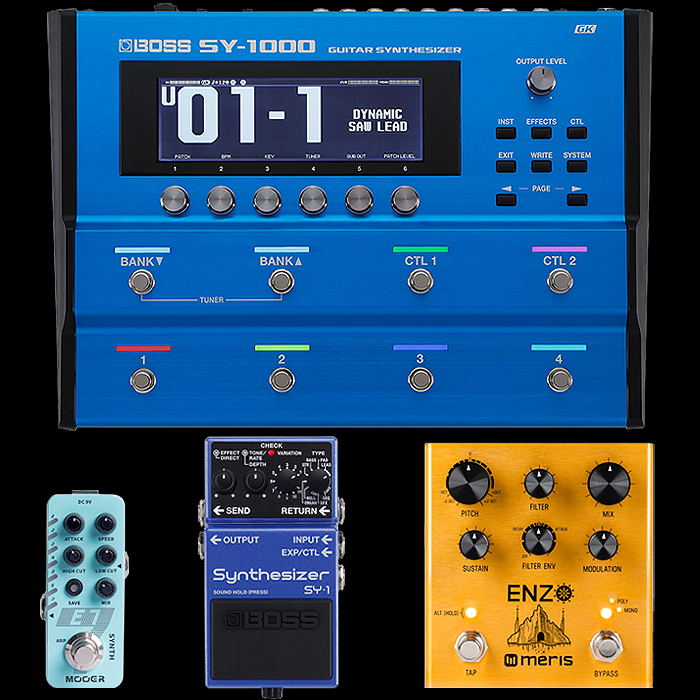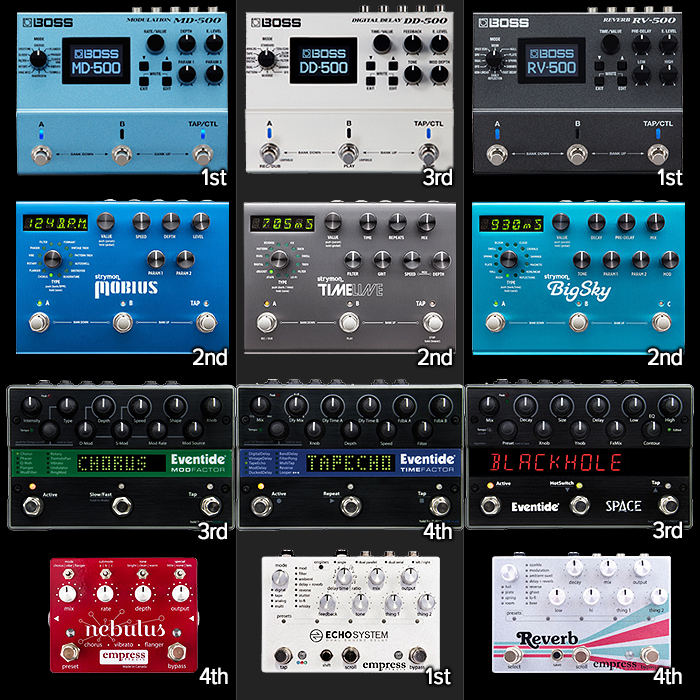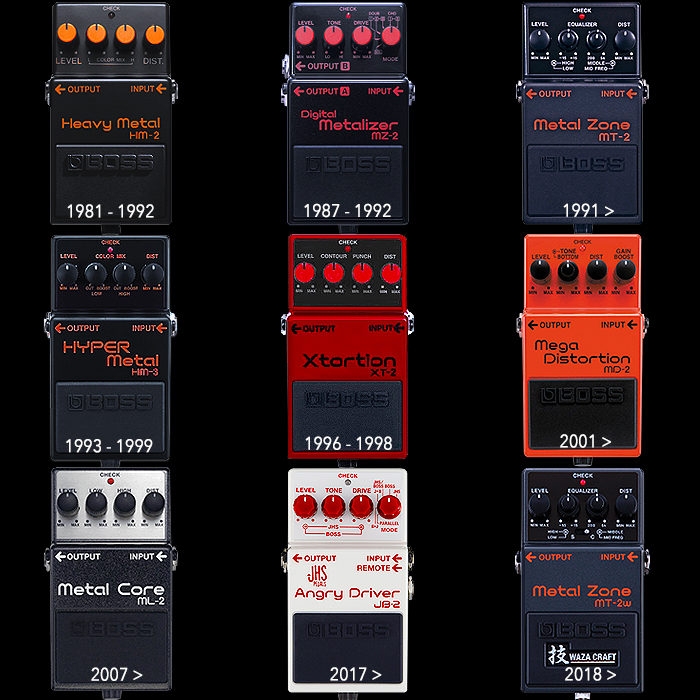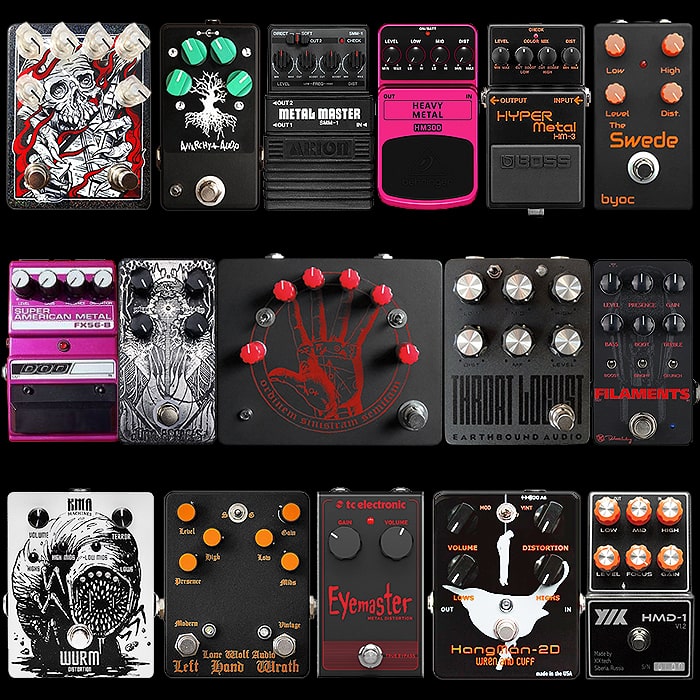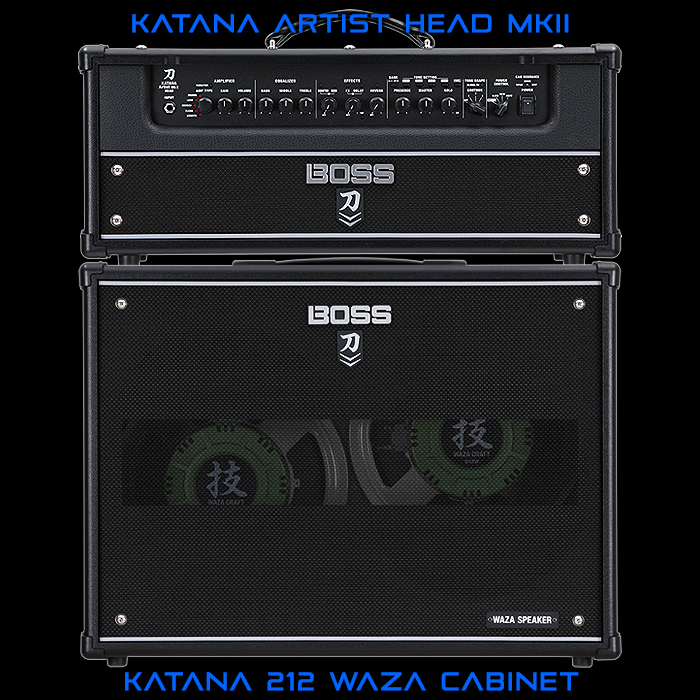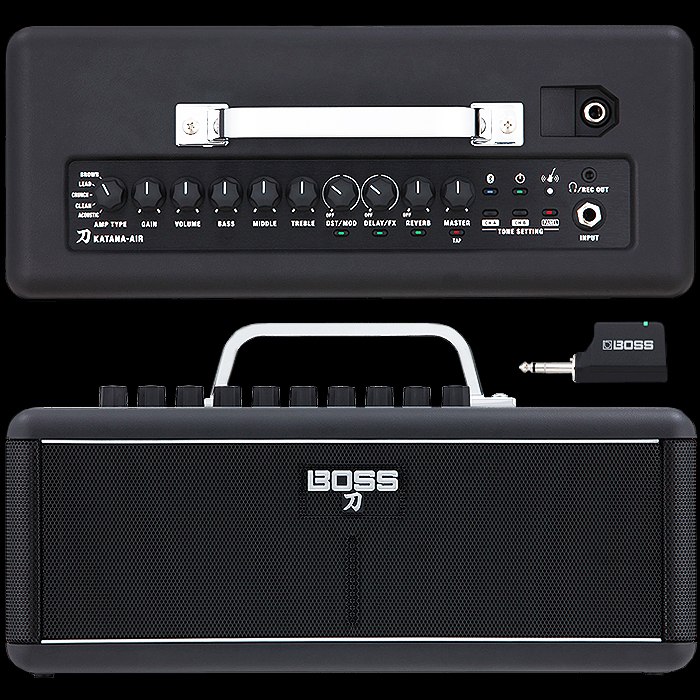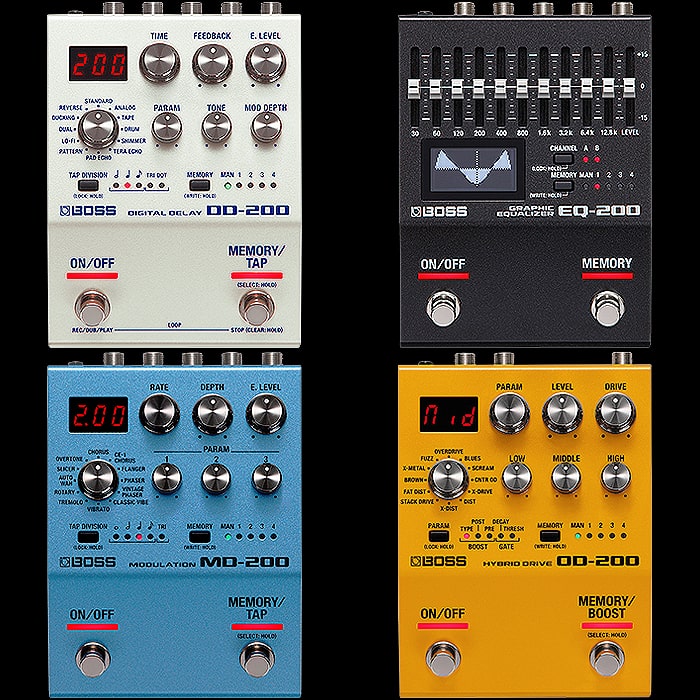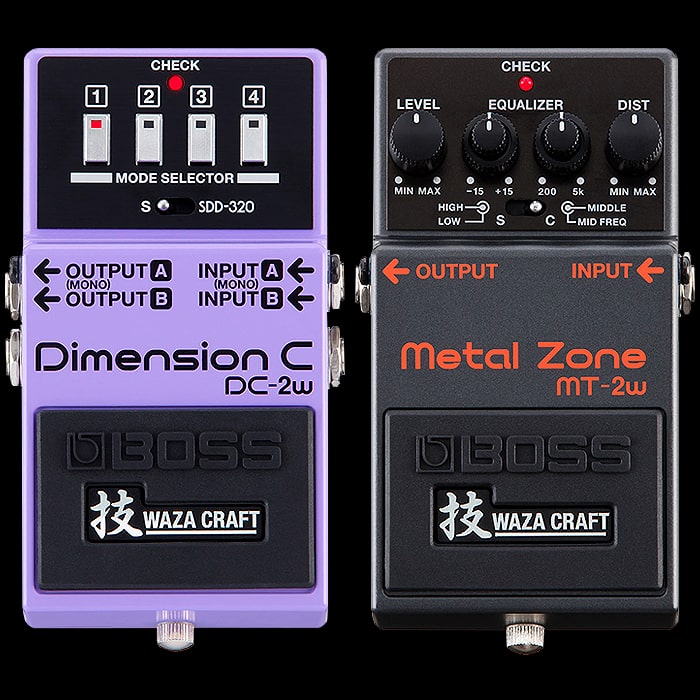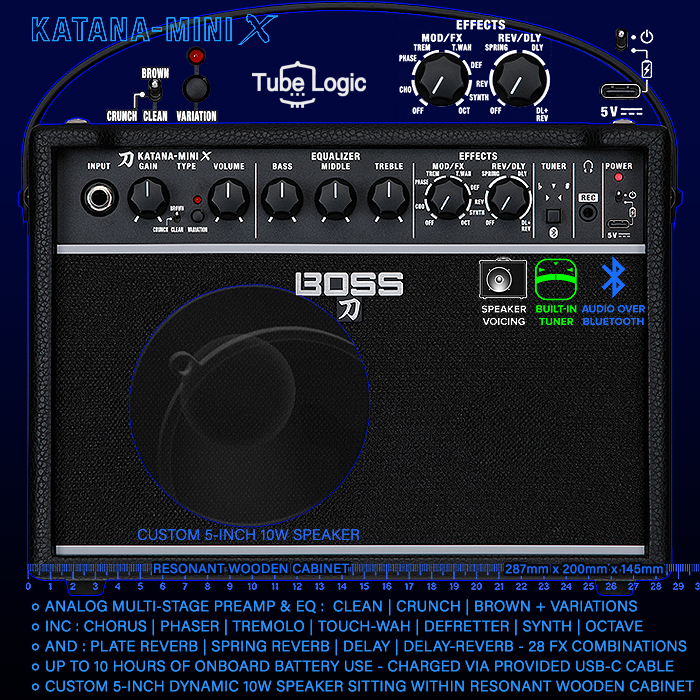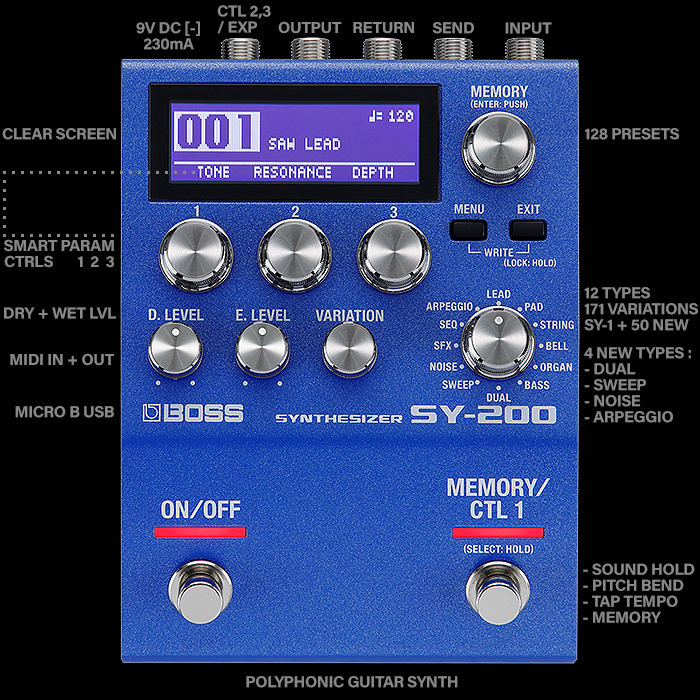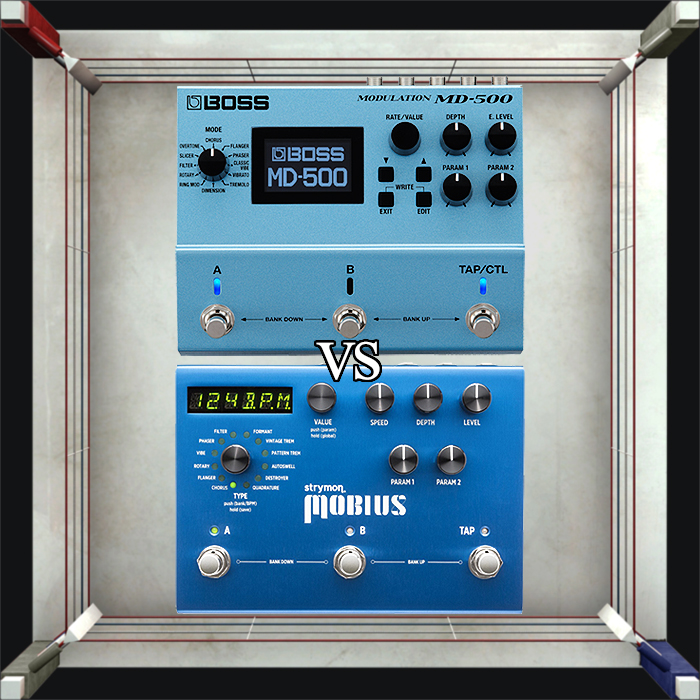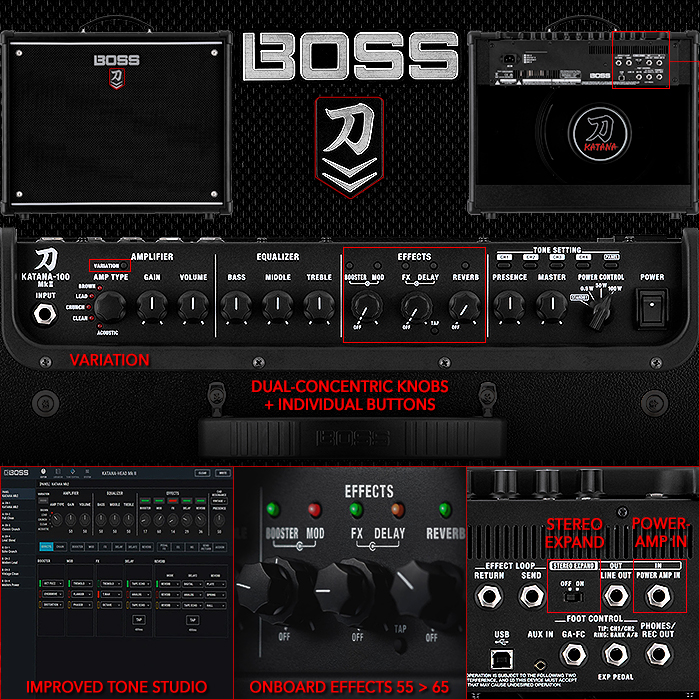BOSS is quite literally Bossing things again these days
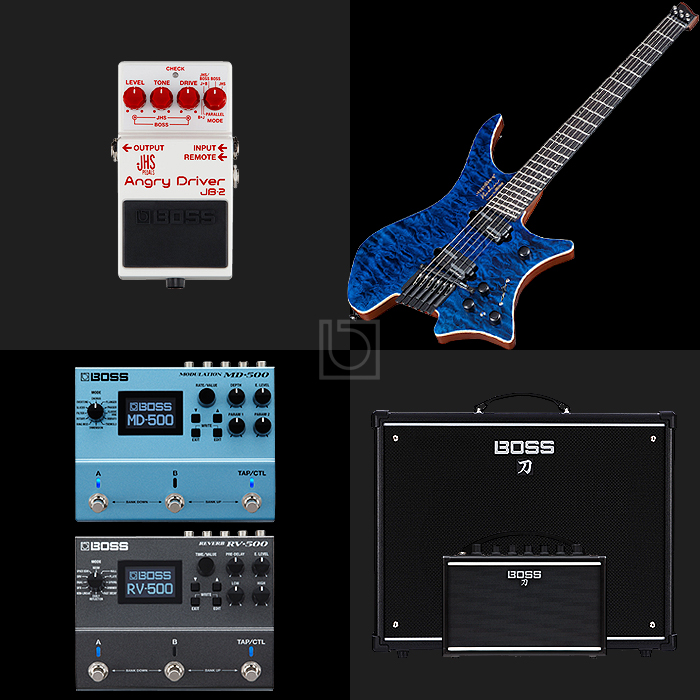
Around a couple of years ago, Boss - the king of pedal-makers, seemed to have lost its way a little - it had become somewhat stale and staid in a marketplace where it still had the lion’s share of the action. While Boss had kind of rested on its laurels - a number of innovative companies had risen up and were nipping at its heels in one way or another - e.g. Strymon, TC Electronic and even JHS.
And within a relatively short while of not doing very much innovating at all, Boss is suddenly killing it on all fronts. From amps, to pedals, and onto its very first sort of modelling guitar - in cooperation with Strandberg.
This path kind of started with a Blues Driver Waza Craft edition, and has sort of come full-circle again with another variation of that same core classic pedal. Waza Craft saw the new dawn of a reinvigorated Boss - with Waza Craft custom-shop-style versions of classic Boss Blues Driver (BD-2w), Chorus (CE-2w), Delay (DM-2w), Super Overdrive (SD-1w), and Vibrato (VB-2w) pedals.
Then came Boss’s very expensive Waza Amp Head and Cabinet combination - which some laymen saw as something of an affront - considering how pricey these were (when Boss is usually associated with mid-price value). But also since these were essentially modelling amps and not classic tube-driven ones. They did use a really smart ’capsule’ methodology, pioneered lots of ingenious new circuits and DSP, and were generally well received by the vast majority of the music industry critics - yet at those prices did not really make any major inroads. The Boss Waza Craft 150 Watt head was originally priced at £2,499 which is obviously a considerable amount of money, and which would seriously limit widespread adoption.
Boss Katana Amps
Anyhow, on the back of the R&D behind those very expensive amps, Boss was able to launch its very affordable 'Katana' range of modelling amps. Which have received universal praise and are so popular that they are frequently out of stock. I was immediately taken with the Katana 100, and it now forms the solid-state left hand channel of my hybrid stereo rig - a really great amplifier with lovely tone, and all for just £269. I feel it is the ultimate started amp now, and good for most everything really - it has qualities way beyond its pricepoint, and really no genuine competitor at that exact place in the market.
The latest evolution of the Katana amp is the 7 watt Katana Mini desktop version (£89) - which you can throw in your weekend dufflebag and take with you absolutely anywhere with ease. It is limited to just a single delay effect, but has full 3-band EQ and 3 different voicings - Clean, Crunch and Brown. It also runs off batteries if you need it to. I love the idea of this, but am still too busy compiling my pedal chain that I've not really had time to attend to this one - will undoubtedly acquire one at some stage in the near future though. I reckon there will be a mini-2 version eventually with 2 extra dials, one for reverb and another one for fx and modulations.
Boss MD-500 and RV-500 pedals
I have always thought of Boss pedals as the kind of industry standard every-day tools - solidly reliable, but not always the most dynamic and exciting. Yet Boss was obviously starting to feel the impact of Strymon - when it launched its DD-500 delay workstation, and which was a valiant attempt at that upper-echelon Strymon-ruled market segment, but yet just missed its mark by a hair's width. I feel that the Empress EchoSystem in any case has stolen a march on any of the delay workstations currently available - it's just simply the best all-in-one delay you can currently buy.
So the solid groundwork Boss put in with the DD-500 finally hit paydirt with the Modulation and Reverb equivalents. I had been a Strymon big pedal man for a while by then, but the EchoSystem bumped the TimeLine, and soon I found that I preferred the Boss equivalents to the Strymon Mobius and BigSky. That is not to say that those pedals aren't still brilliant. it's just that Boss's new pedals are 2 generations further advanced, have more advanced processing power - dual / parallel routing options and an infinitely better display / menu system.
The RV-500 has to be singled out as the best Reverb Pedal currently available - there are various things that the Strymon BigSky still does better, but it can't compete with the Boss's Dual Simultaneous Reverbs with a separate Delay configured on each - i.e. 4 effects simultaneously in stereo. All at a keener price point too. There are also some clever Boss footswitch options which improve on what the Strymons do. Some will still swear loyal to Strymon and proclaim that the Strymons sound sweeter - which can be true to a degree - Strymon have very clever 'sweet-spot' algorithms which give their default tones a certain mellifluous tone, while the Boss's are default tuned to a flat / neutral tone profile - meaning you can tune / configure them to be more like the Strymons if you wish.
Overall though, I prefer my new Boss's, and that's why they and the EchoSystem are now in my chain, while the Strymon Mobius, TimeLine and BigSky are my reserves.
Boss V-BDN VG-Strandberg
You may have seen my mention this a couple of times previously - when I first spotted it at the NAMM Summer show, and in my recent Guitar Wishlist article. I see this as a bit of a more high-fidelity / more capable version of Line 6's Variax technology - which has been out for a while, and which has similar-ish functioning guitars ranging from £614 to the new Shuriken 'metal' version at £1,322.
I've just seen the retail price on one of these now, and it has somewhat taken the wind out of my sails - coming in at €4,500 (discounted from €5,500!!) per the German Bax Music site - when I was expecting it to sit more around the 2,500 - 3,000 mark, so it's a whole very high quality guitar dearer than that. We're talking a lot more than the price of a PRS 513, which is kind of my current dream guitar.
There is no denying the cleverness or versatility of this new Boss / Strandberg guitar, but I'm not fully sure it justifies that high price tag - not even possibly for first-mover innovation costs. I will wait until it drops to a little more of a sensible price.
There are two ways you can go when introducing new technology - set a more reasonable price and hope you get more interest, more sales and more turnover to support the R&D effort, or ramp up your margins and try making it all back on just a few guitars - which usually leads to disaster. Likely they will do a Katana exercise on this too - but as with the Waza Craft Amps, had they tempered their pricing a little more - those would be a lot more successful than they have been.
Boss/JHS Angry Driver JB-2
No one was expecting this! Boss sort of getting in on the modded / Boutique market by collaborating with one of the Modders-in-chief - Josh Scott of JHS Pedals - who by coincidence started off modding Boss Blues Driver pedals himself, much the same as Robert Keeley did. This formidable collaboration combines Boss's Blues Driver pedal with JHS's Angry Charlie. You get 3 dual-concentric pots plus a mode selector for one of the most versatile dual-drive pedals on the market - producing 7 individual controls which allow you to mix things up any way you want - or 2 key pedals for just £179.
I thought my Mooer Blues Mood pedal was totally safe in its spot in the chain - I had considered getting a Keeley or JHS -modded Blues Driver at the time, or the more recent Waza Craft version, but so liked the sound of the Mooer that it has retained its position. Even though I have lots of Marshall / Plexi style pedals, I still fancied getting a JHS Angry Charlie at some stage - that pedal is priced at around £219 and has a 3-band EQ versus the single tone of the new JB-2. But to get the full circuit versions of those two classic pedals makes this a must-have in my book. I was initially thinking of getting a EQD Acapulco Gold to mix it up with my existing Blues Mood - that has now been bumped down the line a touch!
Boss manages to dip its toe fully into the Boutique and Modified sphere simultaneously - this is a seriously appealing pedal as Rabea shows in the above demo!
It's funny how things spin around, in my 34-pedal active chain, I had 5 Strymons and just 2 Boss pedals, but it seems it has flipped around again and Boss is back in the ascendancy, with Strymon having a little more work to do catch up itself.







